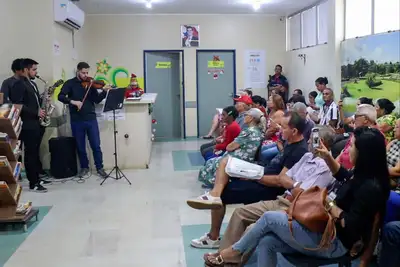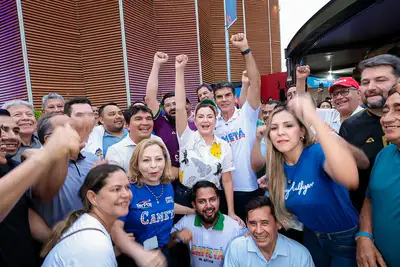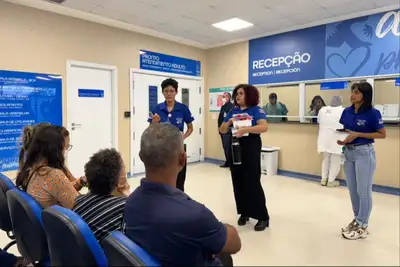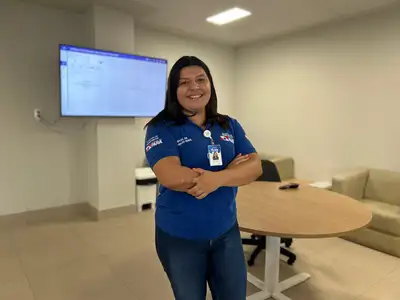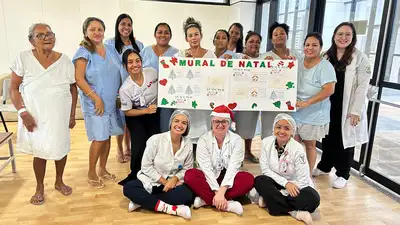COP30 drives the creation of new tourist spaces and infrastructure works in Belém
More than 30 structural works prepared the capital of Pará to host the largest climate event on the planet
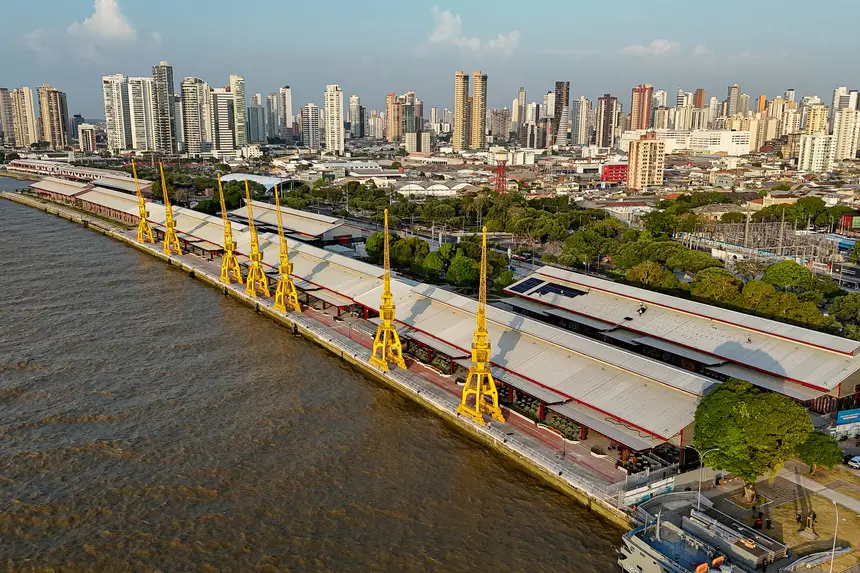
In addition to the delivery of the works directly involved in the infrastructure necessary for the 30th United Nations Conference on Climate Change (COP30), this November in Belém, the event also drives the creation of new tourist spaces in the city, such as the new Porto Futuro and the Linear Park of Nova Doca. There are also other investments that improve traffic and macro-drainage in Belém, stemming from financing related to the holding of the world conference.
More than 30 structural works, with a total investment of R$ 4.5 billion, prepared the city. These are interventions that will leave permanent transformations for the population. Among the initiatives of the state government, the Linear Park of Nova Doca stands out, delivered in October, in the Reduto neighborhood of Belém. The new urban space was designed to offer leisure environments, sports practice, social interaction, contact with nature, and gastronomy, with five kiosks available along a 1.3-kilometer stretch.
Delighted with the new structure of the Doca, Jobson Marinho, after visiting the space, points out the important legacy that the linear park will leave for the city. “It’s a great space for walking, beautiful, spacious, and with various leisure and physical activity options. It also integrates with Porto Futuro, which is very strategic. This is a gift for us, people from Pará, that goes far beyond just being for the COP,” he says.

City Park - After two months of operation as a new leisure, sports, and culture point in Belém, the City Park was delivered in August to the federal government and the United Nations (UN) for the assembly of the provisional modular structures of the negotiation and plenary pavilions of the Blue Zone and the Green Zone of COP30.
After COP30, the extensive sports and leisure structure, with multi-sports courts, sand courts, and tennis courts, walking paths, bike lanes, skate parks, children's playgrounds, pet areas, kiosks, and food trucks, hydration points, and large green areas, will be reopened to the public with all the infrastructure, including the buildings for gastronomy and creative economy, already in the final stages of construction.
New Porto Futuro – In early October, the state government delivered one of the main cultural facilities among the legacies of the COP: the new Porto Futuro complex, which includes the Museum of the Amazons, with two major exhibitions: “Amazon,” by Sebastião Salgado, unprecedented in northern Brazil, and “Ajurí,” a collaborative show with Amazonian and national artists; the Gastronomy Warehouse, which brings together 15 local fast food operations, offering a diverse experience that highlights the region's flavors; the Bioeconomy and Innovation Park of the Amazon and the Caixa Cultural.
The State Secretary of Culture (Secult), Ursula Vidal, emphasizes that these facilities enhance enjoyment and leisure in the city, boost tourism, and reaffirm the potential of the creative industry as a vector for development for the state.
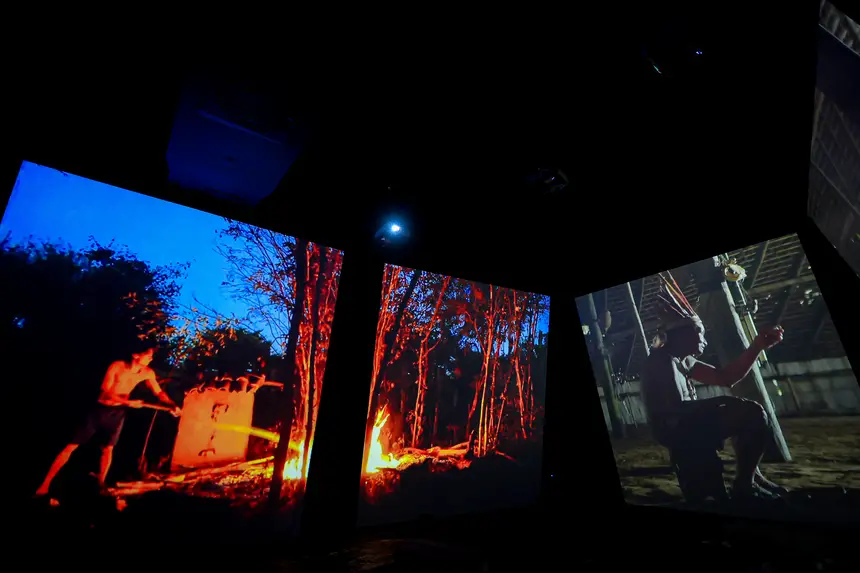
“The realization of COP30 in Belém is a window of opportunities to, above all, improve people's lives. Porto Futuro and City Park are concrete expressions of this legacy built by the government of Pará. City Park represents the largest urban intervention in the last hundred years in the capital. Porto Futuro, in turn, is another milestone in the requalification of Belém's port area, consolidating the city's socio-bioeconomy corridor,” he highlights.
University student Pedro Sarmento made a point of visiting the new leisure and cultural spaces of the capital of Pará right after the delivery. “I have already visited the New Porto Futuro and all its warehouses, the Linear Park of the new Doca, and the City Park, which are facilities that generally enrich the cultural offerings of our city, with museums, diverse gastronomy, and encouragement for sports practice,” he reports.
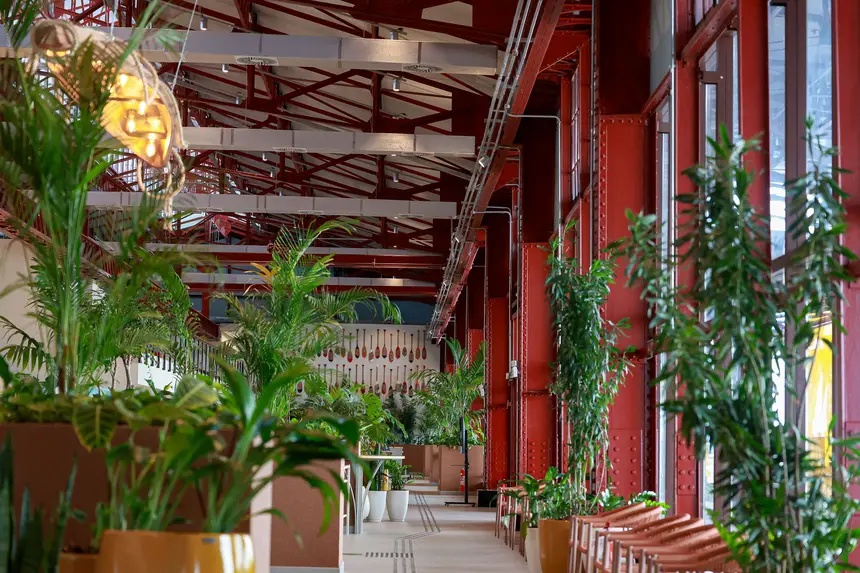
Last Monday (3), the state government delivered the new Tamandaré Linear Park, benefiting more than 100,000 people, with coexistence and leisure spaces, kiosks, bike lanes, children's parks, interactive fountains, pet parks, outdoor gyms, amphitheaters, and contemplation areas.
Urban mobility – In the last two years, five viaducts have been delivered in the Metropolitan Region of Belém (RMB) by the state executive to improve urban mobility and traffic flow in the area: BR-316 with Ananin Avenue, in Ananindeua; BR-316 with the Access Road, in Marituba; BR-316 with Independence Avenue, in Ananindeua; Mário Covas Avenue with Three Hearts Avenue, in Belém; and Mário Covas Avenue with Independence Avenue, also in the capital. Investments that improve mobility, access, and the quality of life for those traveling in the area.
Outeiro - The delivery of the new bridge, which facilitates access to City Park from the Port of Outeiro, is another state investment. The structure will be essential to ensure quick access for conference participants, including delegations, who will be staying on ships docked in the district. The new bridge makes it possible to transfer between the ship and the Blue Zone, the main stage of the negotiations, in approximately 30 minutes.
On Monday (3), the Tamandaré Hydroviary Terminal was also delivered, which will benefit 500 passengers per day with a capacity to receive up to 50 vessels daily. With an investment of around R$ 22 million, it will be the new option for vessels departing from Belém to Barcarena and Combu Island.

Macro-drainage - Since 2019, the government of Pará has already carried out interventions in 18 channels in Belém, of which 13 are considered legacies of COP30. Among the completed works are the channels of Timbó, Vileta, Leal Martins, Cipriano Santos, Gentil, and Doca.
Resident for over 50 years near the Gentil channel, retiree Milton Santos celebrates the municipality's advances. “With the construction of the channel and the paving of Gentil Bitencourt Avenue, not only my life but also the lives of the community residents have improved a lot. We waited for these investments for over two decades, which are making a difference in the quality of life for everyone living here,” he assures.
Social worker Eliete Silva, a resident for 45 years in the Terra Firme neighborhood, near the Cipriano Santos channel, emphasizes the dignity promoted by the delivery. “We can leave our homes whenever we want, even after the rain. We have basic sanitation and safety to travel. It’s a work that has truly transformed our lives,” she reports.
Security guard Fabrício Lobato, a resident of the Marco neighborhood in Belém, near the Vileta channel, explains the transformation of the community in daily life. “Our lives changed with the works on the channels. Before, our neighborhood would flood with the rains, and now it doesn’t anymore. We notice advances in mobility, safety, and, above all, quality of life,” he concludes.
The structural actions also encompass interventions in the basins of Murutucu, Tamandaré, and Una, with a direct impact on urban infrastructure, flood prevention, and improvement of the quality of life for more than half a million people from Pará.
Asphalt - The intensification of asphalt paving works is also a legacy of the Conference. One of the programs developed in the state is “Asphalt COP30,” carried out through an agreement between the state government and the federal government, through Itaipu Binacional. The deliveries directly influence the quality of life of the population.



